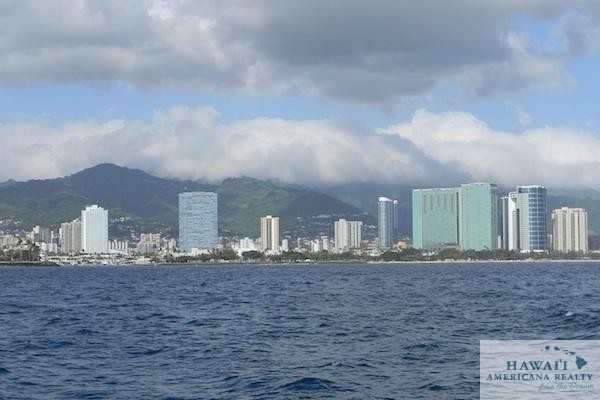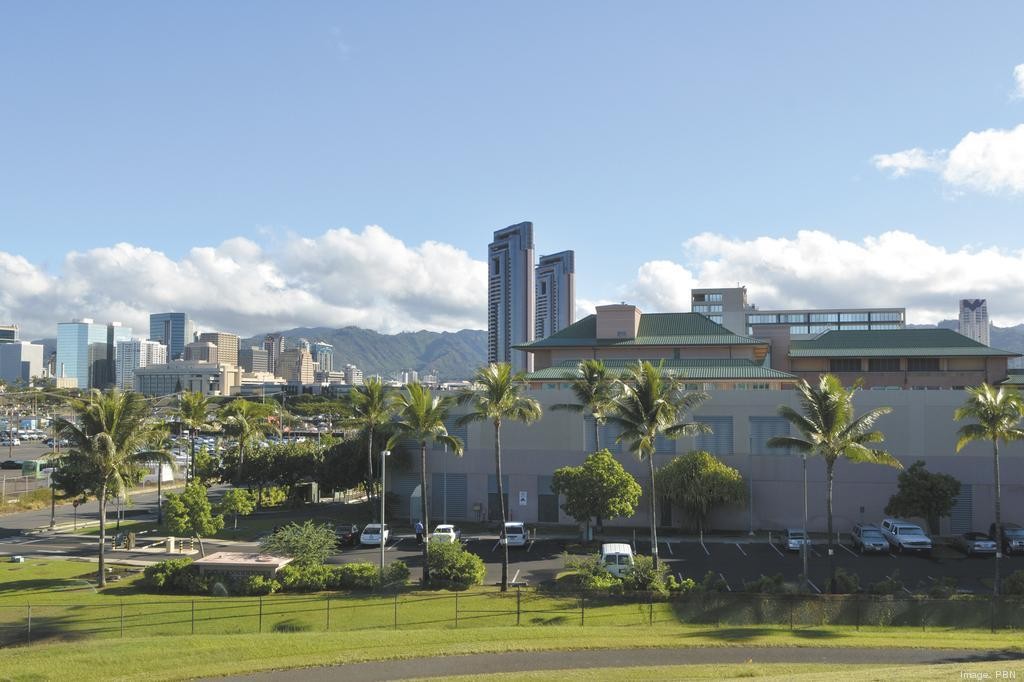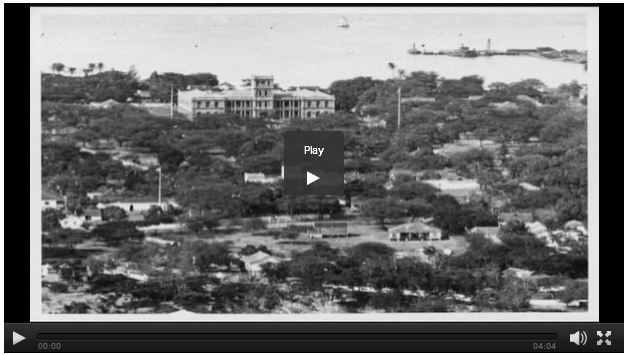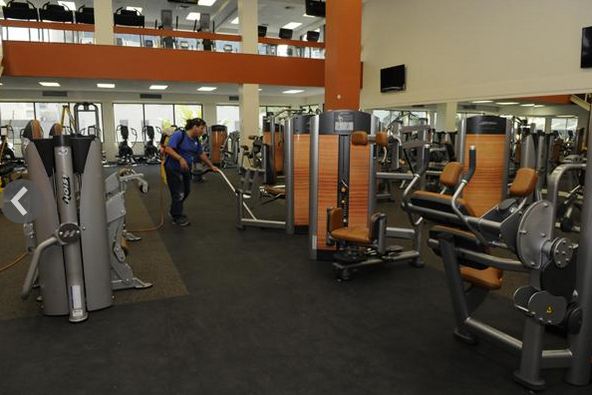Kakaako plan would include housing near transit stations, grocery stores

Hawaii regulators unveiled an update Wednesday for the Honolulu neighborhood of Kakaako’s transit-oriented development plan calling for diverse residential building types, ground-oriented family housing near transit stations, additional reserved housing, grocery stores, cultural and community amenities, food trucks and spaces for artists. Deepak Neupane, director of planning and development for the Hawaii Community Development Authority, […]
Panda Express billionaire founders put their Honolulu penthouse up for sale
The billionaire owners of Panda Restaurant Group, parent company of the Panda Express restaurant chain, have put their Honolulu penthouse up for sale for about $3.6 million, according to public records. Andrew Cherng and Peggy Cherng, the husband-and-wife founders of Panda Express, have been busy buying Hawaii real estate. The Cherngs recently purchased a beachfront […]
Hawaii agencies could join to develop ‘Kakaako Makai Innovation Block’

Two state agencies — one promoting Hawaii’s economic diversification through venture capital investment partnerships and the other that oversees development in Kakaako — are looking to join forces to develop an economic accelerator in the growing Honolulu neighborhood, a spokeswoman for one of the agencies confirmed to PBN. The “Kakaako Makai Innovation Block,” a partnership […]
A look at Kakaako’s changing population; Who is moving in?
HONOLULU —There has been a housing boom in Kakaako, but just who is moving into this bustling urban center? Kakaako’s warehouses and auto repair shops are being replaced with new high-rise condos. And plenty of people have also been moving in as well. According to census data, in 1990 2,249 people called Kakaako home. By […]
Lox of Bagels’ owner to open new cafe in Kakaako

The owner of Lox of Bagels is opening a new cafe called Cafe Grace on the ground level of the Imperial Plaza condominium, next to a Vietnamese restaurant, in the Honolulu neighborhood of Kakaako next week, the manager told PBN. Manager Naomi Salomon said that Cafe Grace will serve bagels, coffee and desserts. The cafe […]
Kakaako has infrastructure for condos, mayor says

Kakaako has the necessary infrastructure to handle more than 20 new high-rise condominium towers and the retail development that will surround them, Honolulu Mayor Kirk Caldwell says. Caldwell made his assurances during a groundbreaking for the Waiea condominium tower at Ward Village last weekend. He said about $300 million has been invested in infrastructure improvements […]
Where You Live: Kaka’ako – KITV News

Kaka’ako has always been about change HONOLULU —Kaka’ako is bounded by Ward Avenue, Punchbowl Street, King Street and the waterfront. Kaka’ako is on the verge of change, but if you look back over the centuries, it has always been about change. In the mid-1800s, salt production was a big business. It’s a past that surprised […]
Italian eatery proposed for vacant Kewalo building in Kakaako
Italian eatery proposed for vacant Kewalo building in Kakaako. by Andrew Gomes Honolulu Star Advertiser………………..…. A vacant building owned by the state and once used for charter boat operations at Kewalo Basin is being eyed for conversion to an Italian restaurant. A Japanese-based company is seeking to negotiate a lease for the 3,000-square-foot building with […]
Another Kakaako high-rise planned – Developer, exact location of newest condo tower still unknown, but it will add hundreds of units
Another Kakaako high-rise planned – Developer, exact location of newest condo tower still unknown, but it will add hundreds of units May 10, 2013, 12:00am HST Duane Shimogawa | Reporter- Pacific Business News Plans are in the works for another mixed-use high-rise condominium project in Kakaako that would include hundreds of residential units, according to […]
Honolulu Club reopening after remodel

May 31, 2013, 2:48pm HST Updated: May 31, 2013, 6:43pm HST Mark Abramson | Reporter- Pacific Business News The Honolulu Club will reopen at 5 a.m. Saturday, after the fitness center’s owners — Hawaii developer Richard Gushman and Douglas Emmett Inc. — spent about $3 million on a remodel and new equipment. The work included […]
